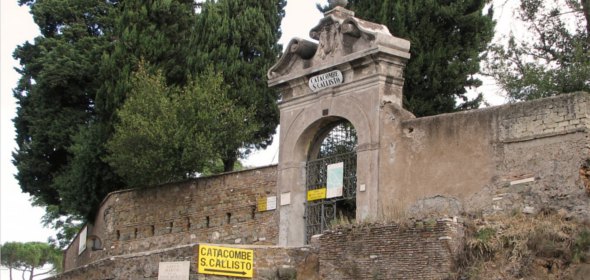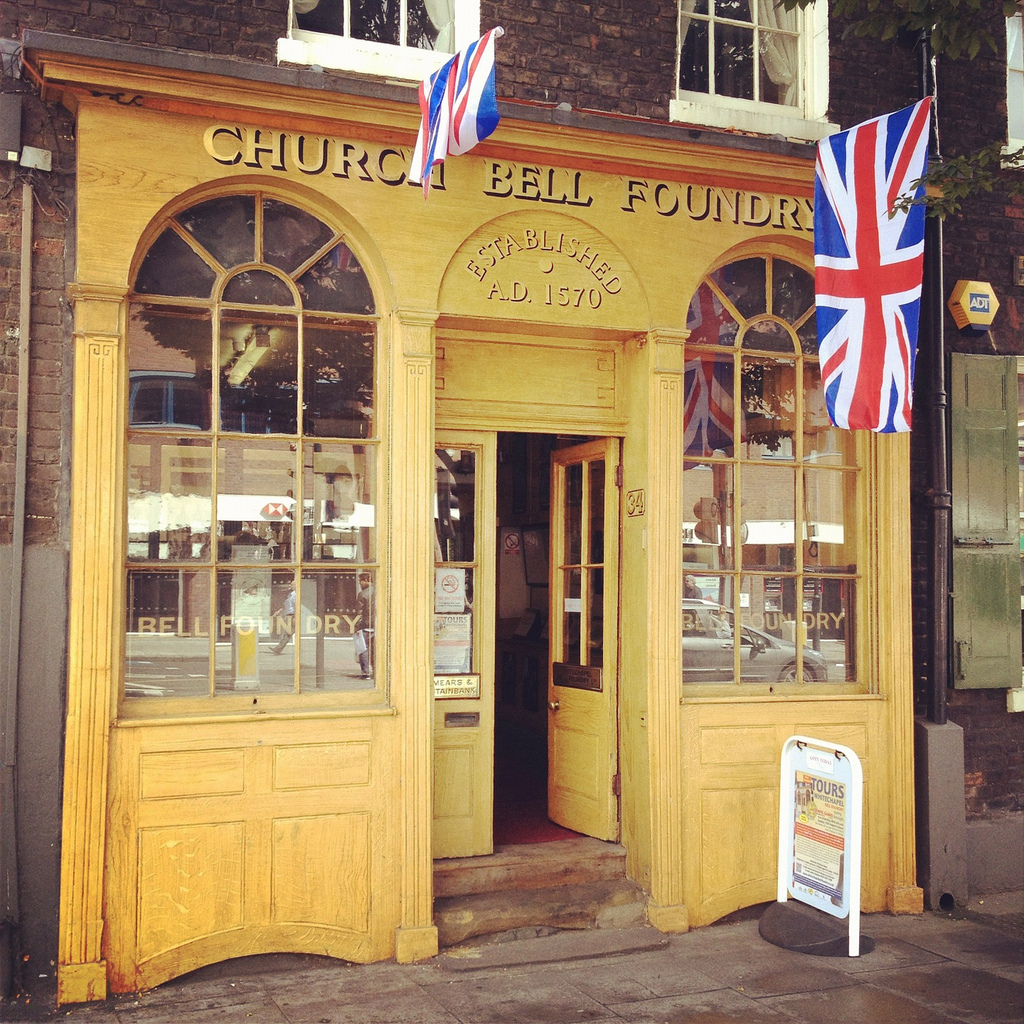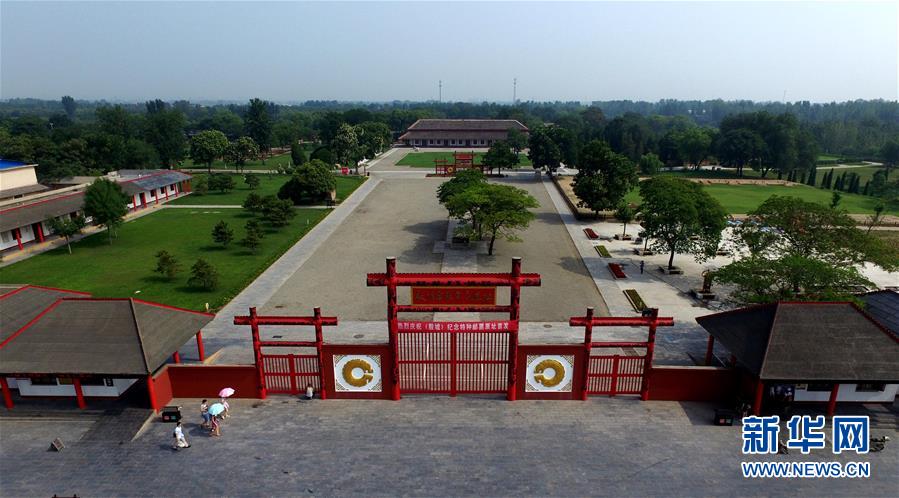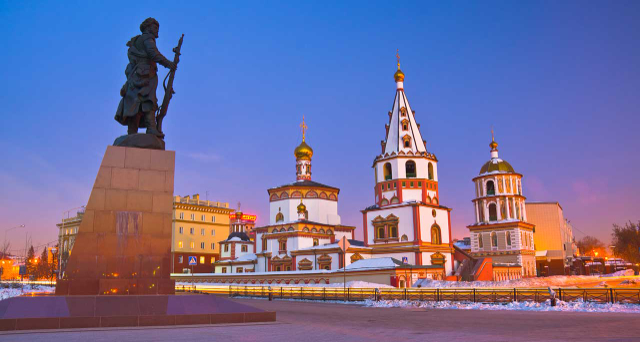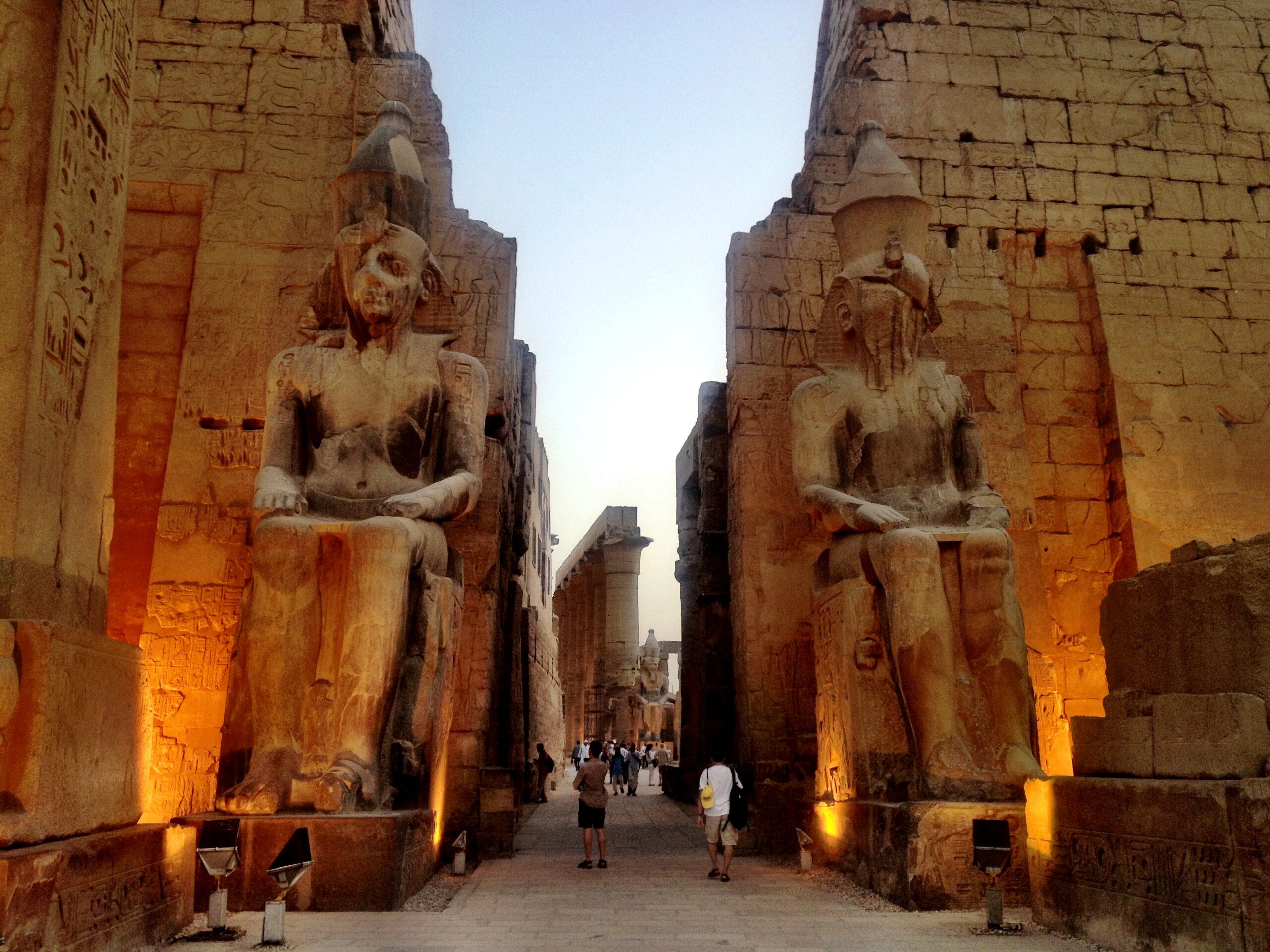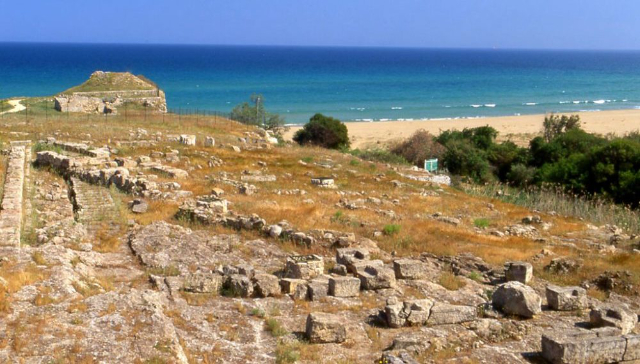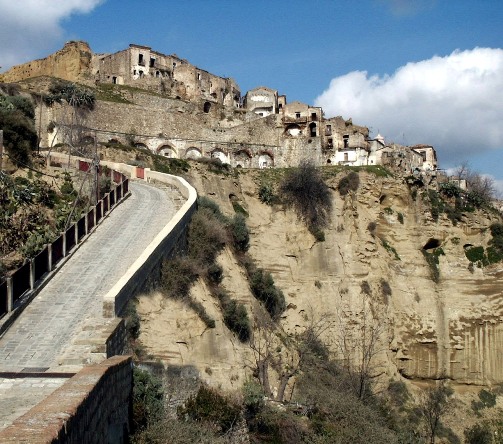They wind beneath the soil of Rome, along the ancient Appian Way, in a series of truly frightening-looking tunnels, for a route of more than 25 km of tunnels spread over 4 levels and reaching a depth of more than 20 meters. According to tradition they would extend for another 200 km underground in Latium.
The catacombs were burial sites and also became a pilgrimage destination for early Christians persecuted by the Roman Empire. It is a place immersed in History, surrounded by a magical atmosphere, unique and so precious. An unknown number of martyrs, 16 pontiffs and a great many ordinary people found burial in these catacombs.
They are named after the deacon St. Callistus, who, at the beginning of the 3rd century, was appointed by Pope Zephyrinus to administer the cemetery, and thus the catacombs of St. Callistus became the official cemetery of the Church of Rome.
Two small basilicas with three apses, known as "Tricore," are visible in the supratomb. In the eastern one were probably buried Pope St. Zephyrinus and the young martyr of the Eucharist, St. Tarcisius.
The underground cemetery consists of several areas. The Crypt of the Popes is the most sacred and important place in these catacombs, called "the little Vatican" because 9 popes and probably 8 dignitaries of the 3rd century Church were buried there. Along the walls are the original inscriptions in Greek of 5 popes. On 4 tombstones, next to the pontiff’s name is i1 title "bishop," because the pope was considered the head of the Church of Rome, and on two tombstones there is also the Greek abbreviation for "MPT" (martyr).
The Crypt of St. Cecilia, the popular patron saint of music. From a noble Roman family, she was martyred in the third century. Buried where her statue now stands, she was venerated here for at least five centuries. In 821 her relics were transported to Trastevere to the basilica dedicated to her.
The Statue of Saint Cecilia is a copy of Maderno’s famous work, sculpted in 1599. The crypt was all decorated with frescoes and mosaics. On the wall near the statue is an ancient image of St. Cecilia, in a prayerful attitude; further below, in a small niche is a depiction of the Savior, holding the Gospel; next to it is a painting of the martyred pope St. Urban. On a wall of the skylight can be seen the figures of three martyrs: Polycamus, Sebastian and Quirinus. are the oldest cores (2nd cent.).
Passing through imposing galleries full of loculi, we come to five small rooms, real family tombs, called cubicles of the Sacraments and particularly important for their frescoes. The frescoes date from the early 3rd century and symbolically depict the sacraments of Batesim and the Eucharist. The prophet Jonah, a symbol of resurrection, is also depicted there.
